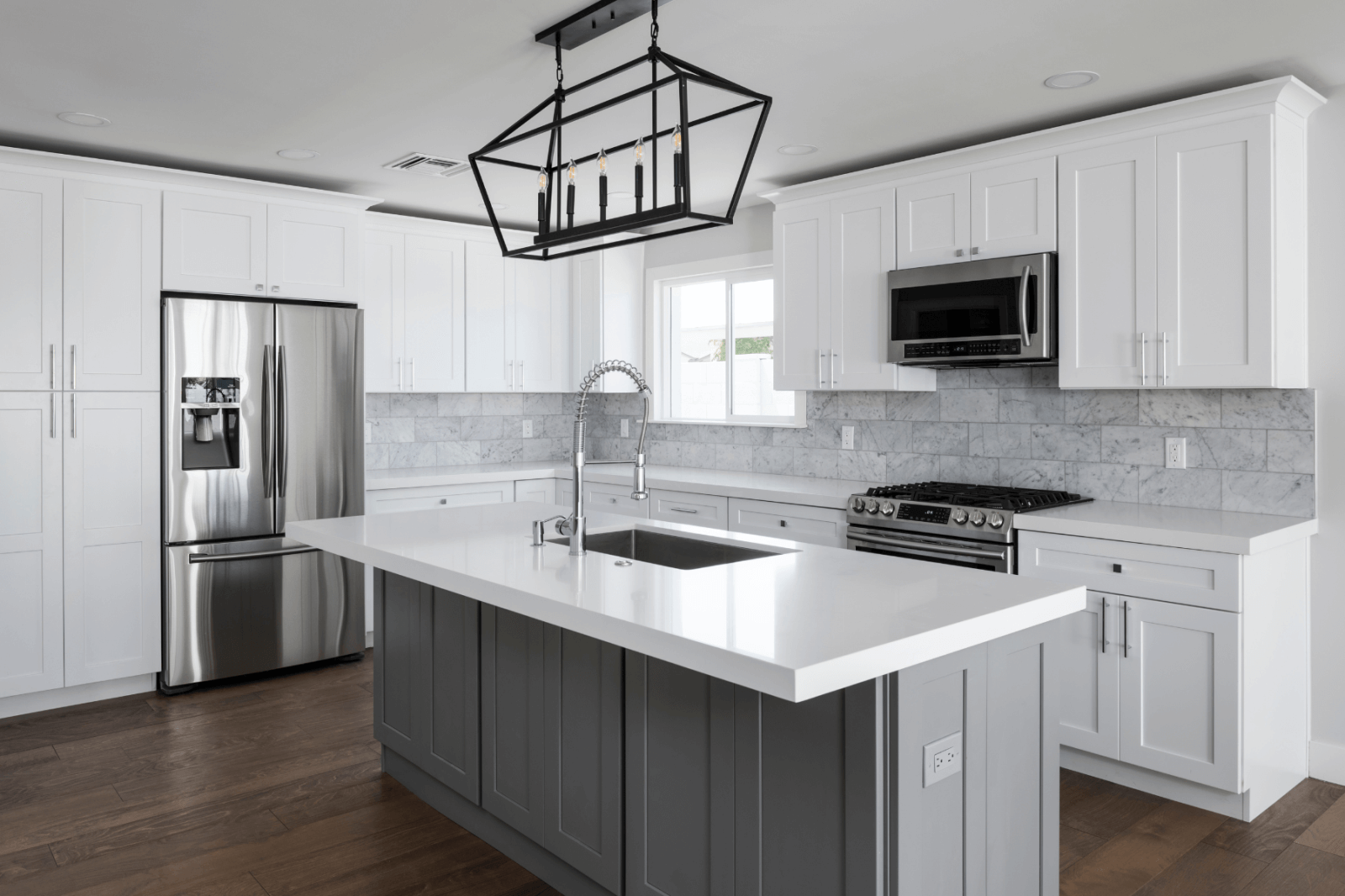Mixed Metals in Kitchen Hardware

In the ever-evolving landscape of kitchen design, the trend of mixing metals in hardware has emerged as a timeless approach, offering depth, contrast, and a personalized touch to culinary spaces. Moving beyond the uniformity of matching finishes, designers and renovators are embracing the artful combination of metals to create kitchens that are both sophisticated and uniquely tailored.
The Appeal of Mixed Metals
Mixing metals introduces a dynamic visual interest, breaking the monotony of single-tone finishes. By thoughtfully combining warm metals like brass or copper with cool tones such as chrome or stainless steel, designers can craft spaces that exude balance and character. This approach not only enhances aesthetic appeal but also allows for greater flexibility in design choices, accommodating a range of styles from traditional to contemporary.
Guidelines for Effective Mixing
-
Establish a Dominant Metal: Begin by selecting a primary metal that will anchor the design, this could be the finish of the cabinet hardware or the faucet. This dominant metal should constitute approximately 60-70% of the metal finishes in the space.
-
Incorporate Complementary Accents: Introduce one or two additional metals as accent pieces. For instance, pair polished nickel cabinet pulls with antique brass light fixtures to create a harmonious blend.
-
Mind the Undertones: Ensure that the metals chosen share similar undertones. Warm metals pair well together, while cool metals complement each other. Mixing warm and cool tones can be successful if done thoughtfully, often bridged by a neutral element like matte black.
-
Distribute Evenly: Avoid clustering different metals in isolated areas. Instead, distribute them throughout the kitchen to achieve a cohesive look. For example, if brass is used for cabinet handles, consider incorporating it into lighting fixtures or decorative accessories as well.
Implementing mixed metals can be as straightforward as updating cabinet hardware or as comprehensive as coordinating appliances, fixtures, and lighting. For example, a kitchen might feature stainless steel appliances, complemented by brass pendant lights and matte black cabinet handles, resulting in a balanced and inviting space.
Conclusion
The trend of mixing metals in kitchen hardware is more than a passing fad; it's a design philosophy that embraces individuality and layered aesthetics. By thoughtfully selecting and combining different metal finishes, kitchen renovators can create spaces that are not only visually engaging but also reflective of personal style and timeless design principles.
